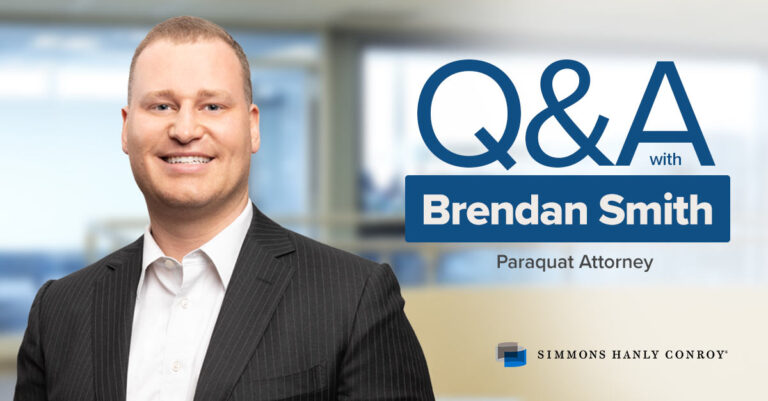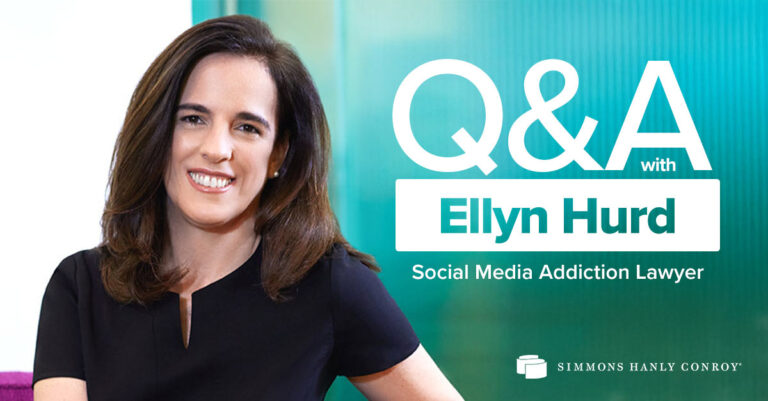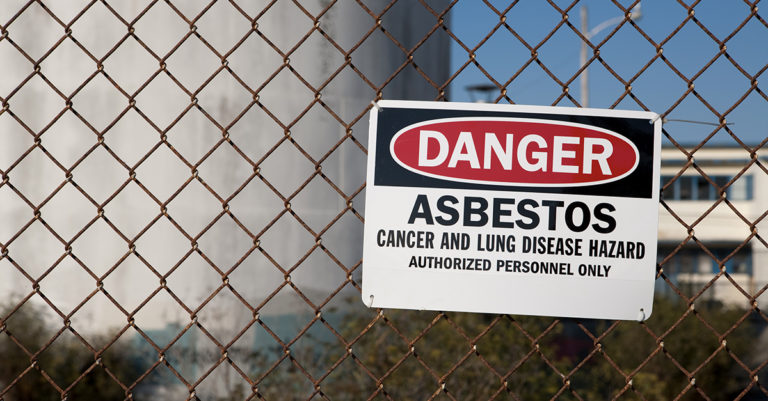
Bishops of the Roman Catholic Church have released a list of nearly 300 priests who have been credibly accused of sexual abuse in Texas. In the words of Bishop Joe Vasquez of Austin, Texas, “It is my prayer and hope that publishing this list will help to bring healing from the hurt and anger caused by the lack of accountability and transparency on the part of church leadership.”
The list includes the names of many priests who are dead, some who are alive and one priest who was allowed to celebrate Mass the same day the list was published. It may seem astonishing, but the Rev. John T. Keller, whose name was included on the list, was allowed to welcome a congregation into his church and bless them.
Letting the fallen Keller perform Mass last week was a tone-deaf decision, and one that is, unfortunately, entirely typical of the Catholic Church’s response to the abuse crisis. But the real evil has been protecting priests who prey on children.
Accusations against Keller date back to the 1990s, and many of the priests on the list allegedly abused children even decades before that. Why is this list coming out now? How many children would have been spared abuse if bishops had alerted parents back then?
Why Is the Catholic Church Finally Acknowledging Their History of Abuse?
The Texas list is only one of a growing number of similar disclosures by Catholic Church officials across the country. Since August, at least 35 dioceses have released lists. Members of the Northeast Province of the Society of Jesus, which oversees Jesuit high schools across the region, released their own list of some 50 additional priests.
Publishing lists of accused priests appears like a step in the right direction, however, many worry that merely “appearing to take the right step” is what the Church is trying to do — giving the public the impression of change to their behavior without actually doing anything.
After all, the Texas list is being released only after federal investigators raided the offices of the Archdiocese of Galveston-Houston. Cardinal Daniel DiNardo, the local archbishop, decried the raid as unnecessary, claiming that the Archdiocese was already cooperating with government officials.
Investigators have a hard time believing that DiNardo and others in the Catholic Church are all of a sudden playing straight with law enforcement, survivors of sexual abuse and their families. DiNardo is himself implicated in a high-profile cover-up of abuse that took place under his watch.
“What we’ve been provided is nowhere near what we expect to find,” said J. Tyler Dunman, the assistant district attorney who leads the Texas case.
Lists of Predator Priests Leave Many Questions Unanswered
After a similar list was published by the Archdiocese of Illinois, the state’s attorney general accused the church of withholding the names of 500 priests accused of abuse. In her findings on clergy sexual abuse, then-Attorney General Lisa Madigan concluded that Catholic Church leaders in Illinois have proven themselves incapable of resolving the problem on their own.
It should also not be forgotten that these actions are taking place after a grand jury in Pennsylvania reported the lengths to which the Catholic Church went to bury the crimes its priests committed and covered up. How much of the Church’s newfound honesty is a function of being caught red-handed?
NY Passes Child Victims Act
For someone who has survived sexual abuse at a young age, especially at the hands of someone trusted by their family and community, coming forward is incredibly difficult. Even in cases where survivors and their families pressed the Church for justice, they were typically stonewalled.
Due to the culture of shame and secrecy, many people who were harmed by priests only come forward years after abuse. This has been an issue due to the statute of limitations, which used to bar people from suing the Church after too much time had passed since the crimes occurred. Essentially, the Church conspired to silence children until they no longer posed a legal threat.
Recently, however, that horrific policy was brought to state legislature. In order to aid those who have been hurt by the Catholic Church in the past, the New York State Senate voted 63-0 to pass the Child Victims Act. While the measure has not yet been officially signed into law, many remain confident Gov. Cuomo will sign the bill in the near future.
After the bill gets signed by Cuomo, people who survived abuse as a child will be able to file civil claims against their abusers until the age of 55. Additionally, the law creates a one-year window during which claims of sexual abuse may be filed regardless of a survivor’s age or the date of the abuse.
One of the sponsors of the bill, Democratic State Senator Brad Hoylman, celebrated the landmark legislation as a real step in the right direction:
“Today, in passing the Child Victims Act, we are finally telling the survivors: The State of New York and the full force of its law is behind you, and you will not be turned away.”
For all the hand-wringing of Catholic leadership, solving the crisis they created should not be a complex mystery. Hold priests who abuse children accountable. Hold those who cover up sex crimes accountable. Listen to the abused, many of whom were targeted as children under church protection. Support those hurt by abuse and negligence.
For the Catholic Church, the path toward justice should be obvious. For survivors of abuse, many of whom have been waiting for decades to have their chance for justice, far too many obstacles have stood in their way. New legislation will make their path clearer and the process less restrictive. For them, the Child Victims Act is a beacon that can light their way forward.
You can learn more about the Child Victims Act and what it means for survivors of abuse here.




